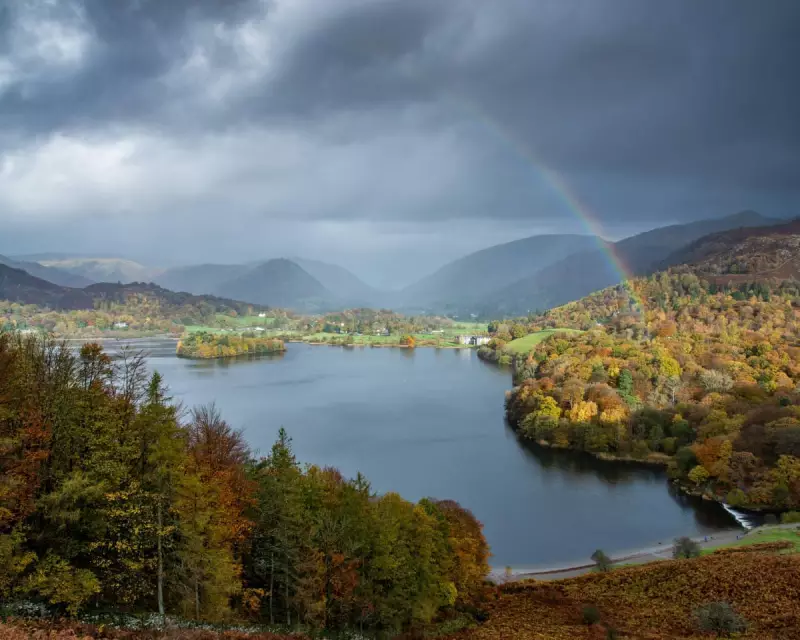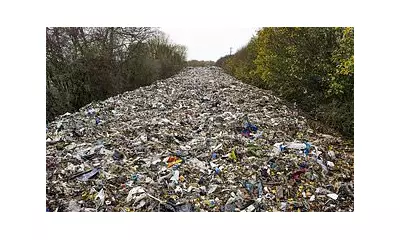
Environmental organisations across Britain are sounding the alarm over government plans that could significantly dilute protections for England's cherished national parks. The proposed changes, quietly unveiled in recent policy documents, have sparked outrage among conservationists who fear irreversible damage to some of the country's most precious landscapes.
What's Really at Stake?
The controversial proposals would reinterpret the Sandford Principle, a cornerstone of national park protection that prioritises conservation when development conflicts arise. Under the new framework, economic considerations and commercial interests could carry equal weight to environmental protection, fundamentally shifting how these protected areas are managed.
The Battle Lines Are Drawn
Leading conservation charities including the Campaign for National Parks, the Campaign to Protect Rural England, and the National Trust have united in condemnation. They argue these changes would open the floodgates to inappropriate development, from large-scale housing projects to commercial ventures that currently face strict limitations.
"This isn't just policy tweaking - it's a fundamental assault on the very purpose of national parks," warned one senior conservation officer. "We're looking at the potential for theme parks, sprawling holiday complexes, and industrial-scale facilities in areas that should be safeguarded for future generations."
Government's Economic Argument
Defenders of the proposals within government circles suggest the changes would boost local economies and create much-needed housing in rural areas. They argue that current protections are overly restrictive and hinder sustainable development that could benefit park communities.
Why This Matters Beyond the Parks
The implications extend far beyond the boundaries of the parks themselves. These landscapes serve as crucial carbon sinks, biodiversity hotspots, and essential green spaces for public wellbeing. Weakening their protections comes at a time when the climate crisis demands stronger, not weaker, environmental safeguards.
- Biodiversity at risk: National parks host some of England's most vulnerable species and habitats
- Public access threatened: Increased commercial development could limit public enjoyment
- Climate consequences: These landscapes play a vital role in carbon sequestration
- Setting a dangerous precedent: What happens in national parks could affect other protected areas
As the consultation period progresses, environmental groups are mobilising supporters and preparing for what many describe as the most significant battle for England's natural landscapes in decades. The outcome could determine whether these national treasures remain protected for generations to come or become increasingly commercialised landscapes.





